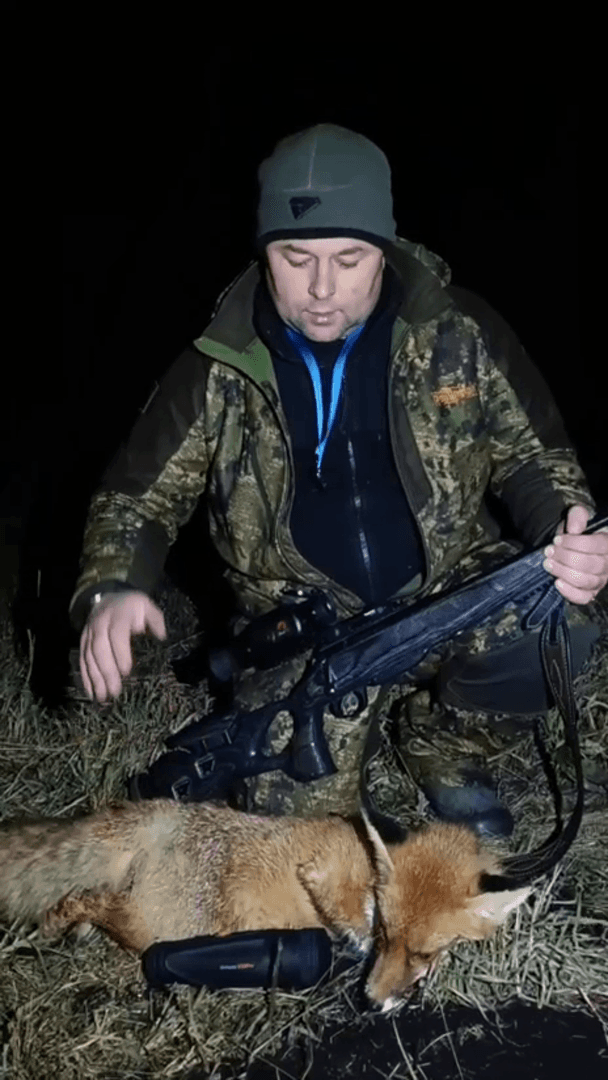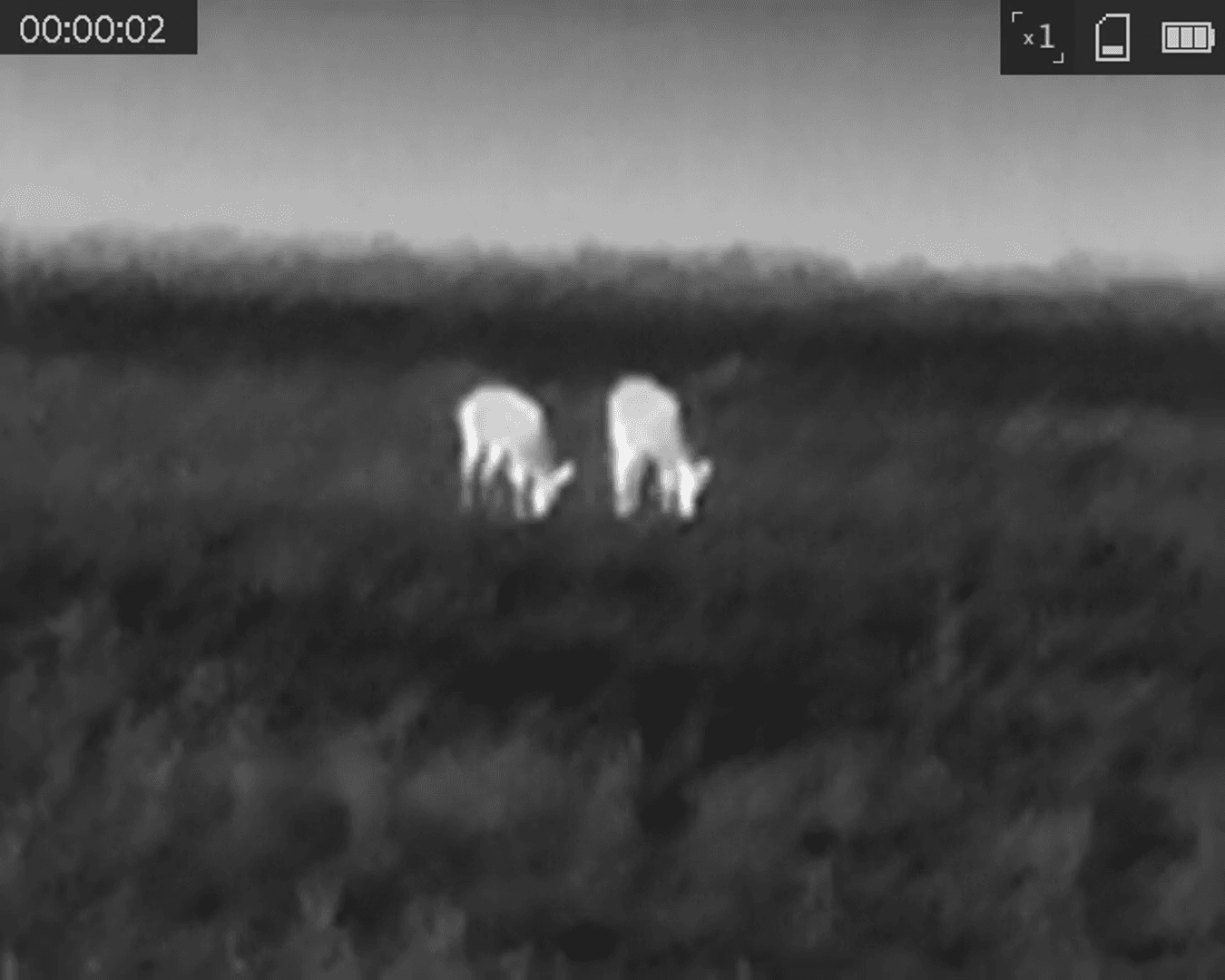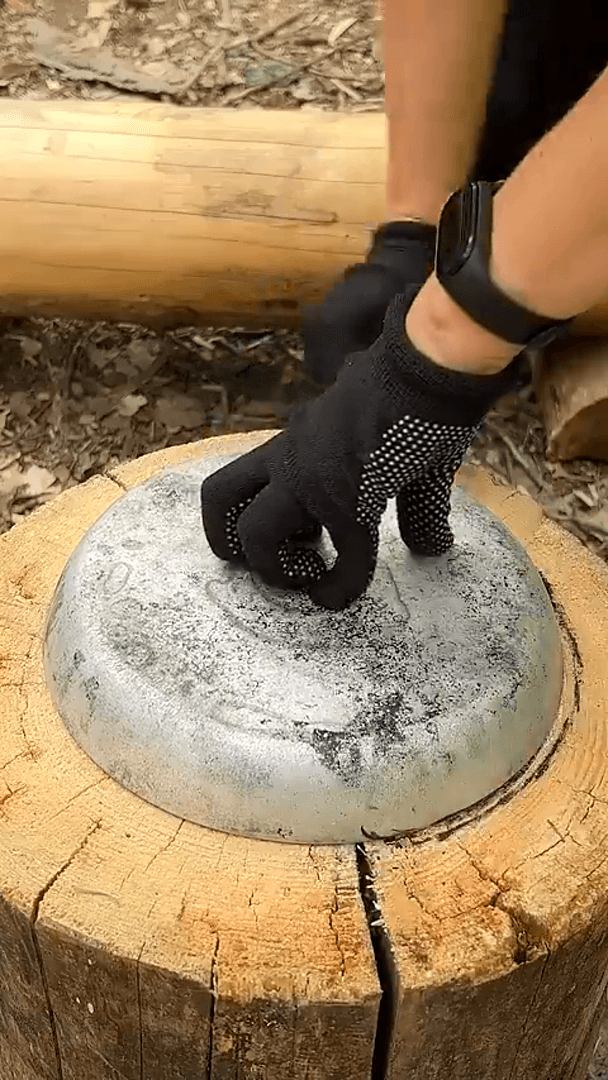
Honest Review of the Beretta 1301 (610 mm, 12/76 Gauge) from a Hunter's Perspective As an avid hunter, I’ve had the opportunity to use the Beretta 1301 (610 mm barrel, 12/76 gauge) in various hunting scenarios, and I’d like to share my thoughts on this shotgun. Overall, it’s a solid choice for hunters, but like any firearm, it has its strengths and weaknesses. Pros: Reliability: The Beretta 1301 is incredibly reliable, even in harsh conditions. Whether I’m hunting in wet, muddy environments or dusty fields, it has never failed to cycle properly. This is a huge plus for hunters who need a dependable firearm in unpredictable weather. Lightweight and Maneuverable: At just over 3 kg (6.6 lbs), the 1301 is surprisingly lightweight for a 12-gauge shotgun. The 610 mm barrel makes it easy to handle in dense brush or tight spaces, which is ideal for hunting game like ducks, pheasants, or even wild boar. Fast Cycling: The Blink gas-operated system is a game-changer. It allows for
Post: 13 January 21:53
















































